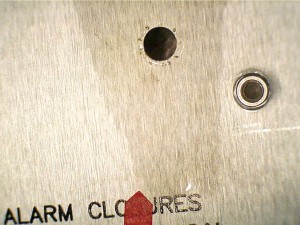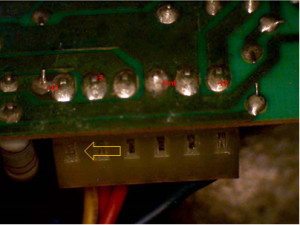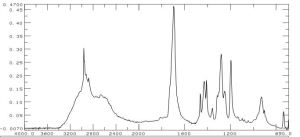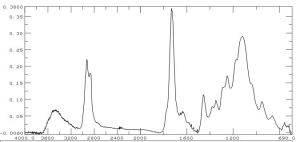Contamination on Synchronization Supply Units (SSU)
Gideon Analytical Laboratories received several Synchronization Supply Units (SSU); the covers of the SSU had contamination on them. Synchronization Supply Units are important in modern digital telecommunications networks because components of the network need to be accurately synchronized. The SSU ensures reliable distribution of the time signal kept by a Primary Reference Clock (PRC). There were stains located near the Capacitor -input filters (Pi filters) on both sides of the cover of the SSU. Capacitor-input filters are a type of electronic filter used to remove unwanted frequencies from a signal. They are called “Pi” filters because of their resemblance to the Greek letter “Pi”. The goal was to perform a chemical analysis of the contamination.
Chemical analysis of the contamination was performed using FTIR and SEM-EDS. Additional observations were made under a stereo-zoom microscope. The FTIR analysis of the harvested contaminated material produced spectra results that showed the presence of thermally degraded Loctite 242, which had undergone oxidation. Other inorganic elements that might have caused these stains were examined through SEM-EDS. SEM-EDS analysis revealed the presence of iron, manganese, chlorides, and silica. Near the edge of the hole in the Pi filter, silver was present. The stain resembled the spectrum of Loctite that had been greatly oxidized.
Gideon Analytical Laboratories not only provides analysis of electrical failures but can also identify foreign unknown chemical substances. The goal of Gideon Analytical Laboratories is to help our costumers solve problems in any way we can.Call us for all of your failure analysis needs.

Stain near Pi Filters

FTIR contamination Flux 495

FTIR contamination Loctite 242

FTIR contamination Loctite 242